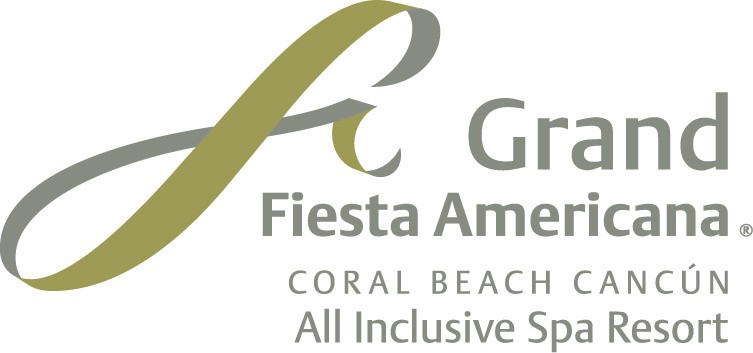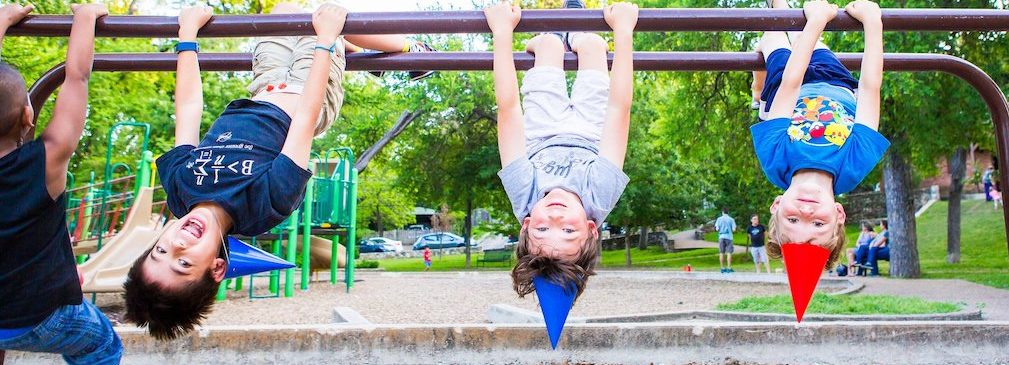
Share
As one the oldest parks in Texas, iconic Pease Park has been a forested oasis in Austin since 1875.
Known for hosting the eclectic annual Eeyore’s Birthday Party since the 1970s, Pease Park sits on 84 acres between West 15th and West 31st Streets along Lamar Boulevard. Many people driving downtown will know it from spotting the games of disc golf played by enthusiastic UT Austin students. It is indeed a shady, lush haven located in the heart of Austin providing an intimate yet sprawling, family-friendly amenity for enjoyment and exploration of the outdoors. Picnics, hikes, dog walking, natural habitats and more–Pease Park has so much to offer.
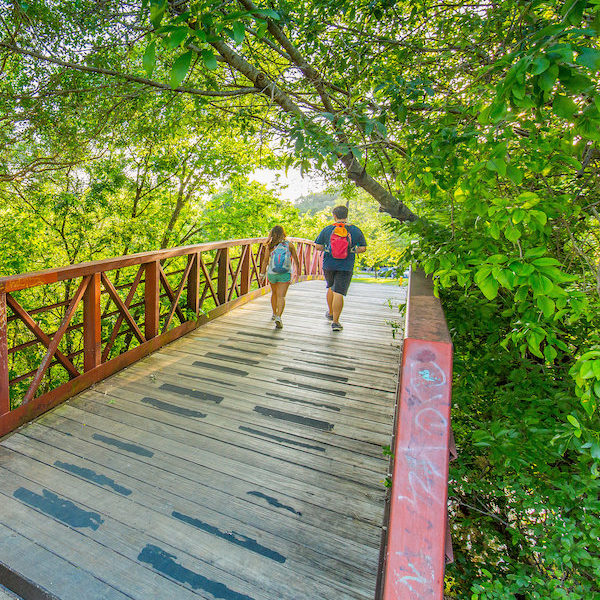
protected civic landmark. Photo courtesy PPC
It wasn’t until after the Civil War that public parks began popping up across the country as part of the City Beautiful movement. Texas Governor Elisha M. Pease wanted Austin to keep up with the bigger cities and, in 1875, donated a portion of his 365-acre Woodlawn Plantation to the citizens of Austin. By 1905, Pease District Park had become one of the first public parks in Texas.
For about 50 years, Peace Park remained mostly unused except for the occasional dumping of dead livestock. It wasn’t until 1926 that the Austin Kiwanis Club stepped in committing to beautifying Pease Park by turning it into a thriving location filled with parties, concerts, Easter Egg Hunts, and other public and private functions.
Since 1961, the City of Austin has managed the park with help from community service organizations like the Junior League of Austin, Austin Metro Trails and Greenways, Austin’s Parks and Recreation and Forestry Departments, as well as hundreds of volunteers, school groups, local businesses and neighbors.
In 2007, the Lady Bird Johnson Wildflower Center published a report on Pease Park and its increasingly degraded state. It was determined the park was overused and under-maintained so, in 2008, Pease Park Conservancy was created to ensure the park remained one of Austin’s greatest treasures.
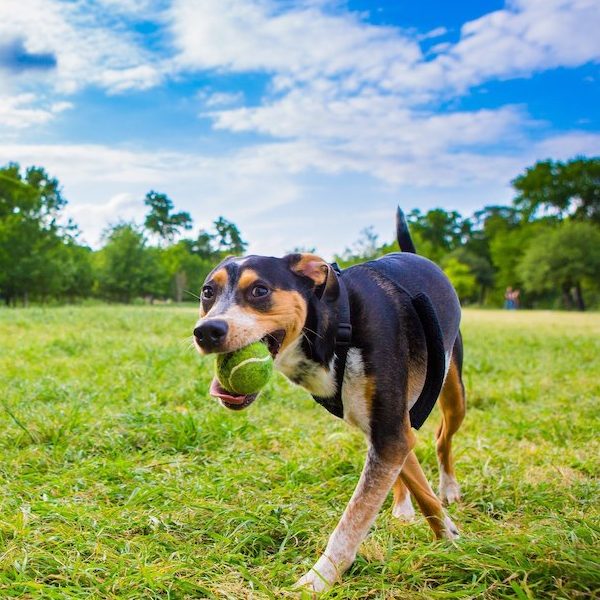
The Conservancy’s primary goal is preserving and enhancing the ecology of the park’s natural landscape that consists of, river (riparian), woodland and savanna habitats, making it one of the most biologically diverse parks in Austin. “We have a vast array of bird species, and of course ducks, turtles, frogs, armadillos, squirrels, lizards, rabbits, and opossums. More than 180 animal species have been documented in Pease Park,” says Heath Riddles, CEO of Pease Park Conservancy.
May 2018 saw severe weather damaging the trail running through the off-leash dog park, Gaston Green. “We feel like a year is too long for this trail to be closed, but the city has a plan in place, and we are looking forward to the safety issue being taken care of, so the trail can open back up,” says Heath Riddles, CEO of Pease Park Conservancy.
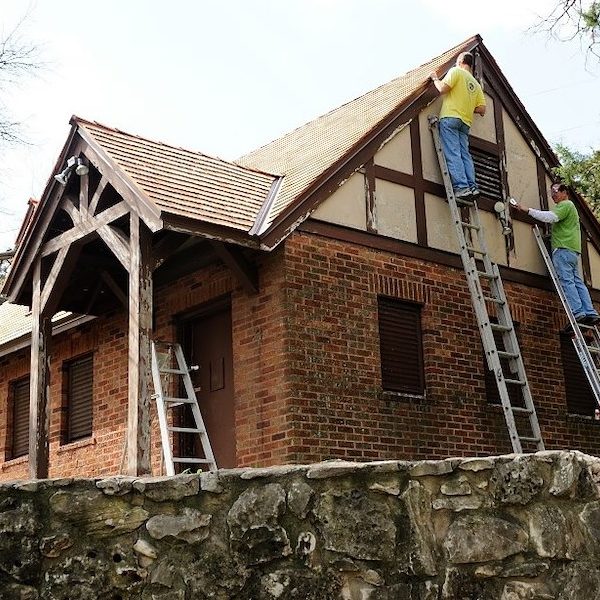
A collaborative effort from park advocates, area residents and city officials resulted in the Pease Park Master Plan in 2014. The comprehensive plan provides a conceptual framework for preserving the park’s natural environment and thoughtfully enhances it with state-of-the-art amenities. Fundraising efforts and private donations enabled the Conservancy to plant nearly 600 trees throughout the park and restore the roof of the historic Tudor Cottage restrooms.
Implementation of the Plan will begin with revitalizing and enhancing the southern 13 acres of the park commonly known as Kingsbury Commons during the third quarter of 2019 and lasting approximately 12 months. It will become Austin’s central park with enhanced basketball and volleyball courts, multigenerational fitness area imaginative nature play area, and other amenities and features for Austin’s growing population.
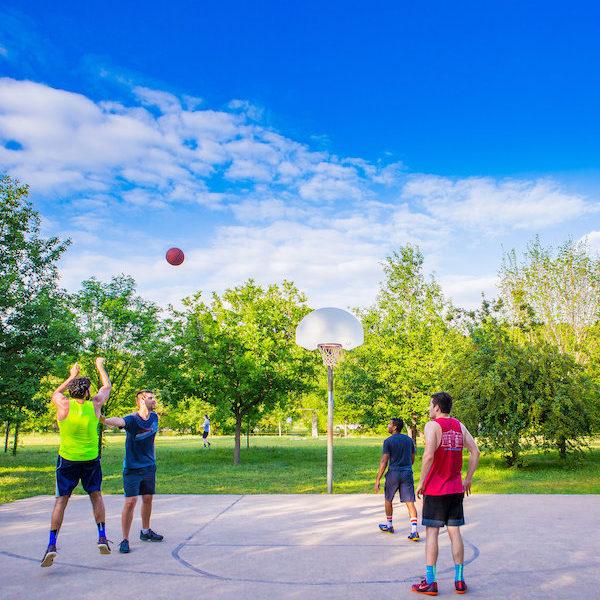
Although Governor Pease died before his park dream was realized, more than a century later, the city’s beautification and improvement plan fulfill Pease’s vision for the land located in the heart of Austin.
Cover photo courtesy Pease Park Conservatory
Austinite Lisa Davis is the Editorial Assistant for Texas Lifestyle Magazine and honors graduate from Concordia University Texas with a Bachelor’s Degree in Communication and Public Relations.







